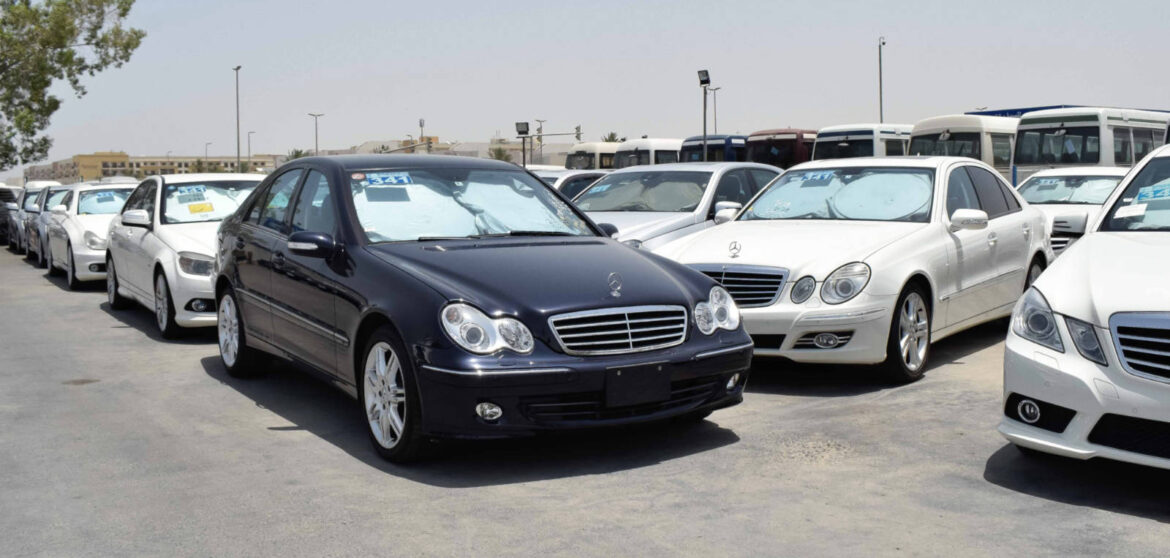How to Buy a Car from Other Emirates: Complete Guide
| Key Takeaways Always check the vehicle’s registration and inspection status before buying. Make sure all fines are cleared and the car is free from bank loans. Conduct ownership transfer and registration only at official RTA or traffic offices. Update your insurance policy immediately after the transfer. Use trusted platforms like Drive UAE to explore secure, verified car listings across the Emirates. |
Buying a car in the UAE is a straightforward process, but it becomes a bit more detailed when purchasing from another Emirate. Many residents often travel or search online for better car options across the country, whether it’s a luxury model in Dubai, a family SUV in Sharjah, or a budget-friendly sedan in Ajman. Each Emirate has its own set of prices, dealers, and procedures, which makes cross-Emirate car buying a popular choice.
In this blog, Drive UAE explain the step-by-step process of buying a car from another Emirate, what documents you’ll need, and how to transfer ownership and registration legally.
Why Buy a Car from Another Emirate?
There are several good reasons why people choose to buy a car from a different Emirate.
- Better pricing: Car prices can vary between Emirates. For example, a used car in Sharjah might cost less than the same model in Dubai.
- More variety: Certain dealers in other Emirates might offer models, trims, or colors that are not easily available where you live.
- Special offers: Some showrooms run promotions or trade-in offers specific to their Emirate.
- Resale value differences: A car registered in Dubai might have a slightly better resale value due to its market reputation.
Buying across Emirates can save you money and give you access to a wider market. However, you must follow proper legal procedures to make sure the vehicle transfer is valid and trouble-free.
Legal Process for Buying a Car from Another Emirate
When you buy a car in the UAE, the transfer of ownership must be done through an official traffic department. If you buy from another Emirate, you’ll need to coordinate between both traffic authorities, one where the car is currently registered and one where you plan to register it.
The process involves:
- Clearing any existing fines on the car.
- Getting a vehicle inspection report from an approved testing center.
- Cancelling the old registration.
- Applying for a new registration in your Emirate.
It’s best to ensure that all documents are original and verified by the Roads and Transport Authority (RTA) or the relevant department. Each Emirate has similar but slightly different steps, so checking with the local traffic center before starting can save time.
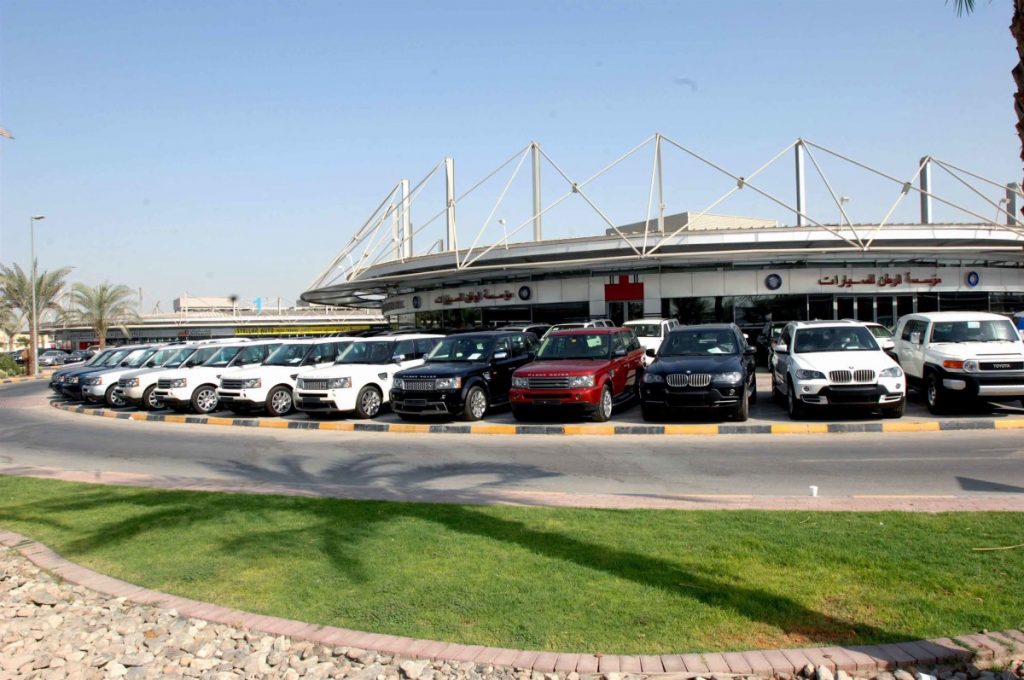
Documents Required for Inter-Emirate Car Purchase
You will need a few key documents to complete the purchase and transfer. Make sure everything is up-to-date and matches the details on your Emirates ID.
Documents required from both buyer and seller:
- Original Emirates ID
- Valid UAE driving licence
- Original vehicle registration card (Mulkiya)
- Valid insurance policy for the car
- Vehicle inspection certificate
- Sale agreement or invoice
- Clearance of all pending fines
If you’re buying from a dealership, they usually handle most of the paperwork. For private sellers, you’ll need to manage it directly at an RTA or traffic department office.
Before finalizing the deal, it’s wise to check the car’s accident and service history through the Emirates Vehicle Gate (EVG) or Tasjeel. These platforms provide official records, helping you confirm that the car has no hidden issues.
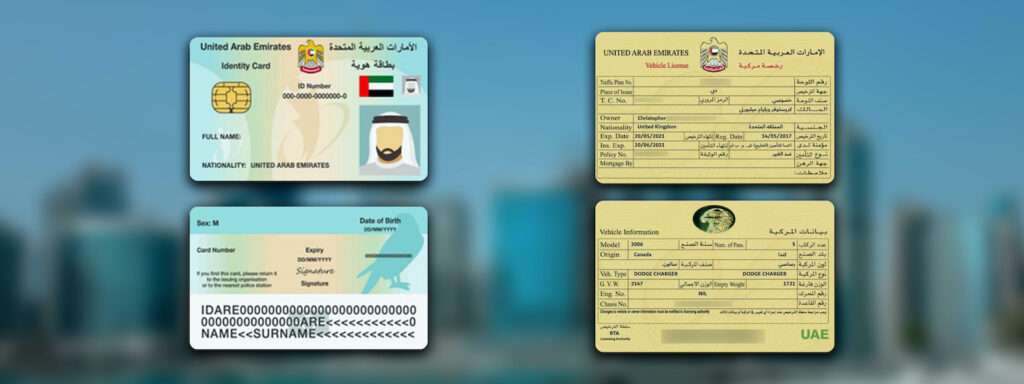
Vehicle Inspection and Testing
A vehicle inspection is mandatory before transferring ownership between Emirates. It ensures the car is safe and meets the legal standards for operation in the UAE.
You can get the inspection done at authorized centers like Tasjeel, Shamil, ADNOC, or Tamam. These centers test everything, brakes, lights, emissions, and chassis condition.
Here’s what to look for before completing your purchase:
- Check the engine condition and oil leaks.
- Review the odometer reading for mileage consistency.
- Inspect the chassis for damage or signs of previous accidents.
- Verify that the VIN (Vehicle Identification Number) matches the car’s documents.
The inspection certificate is valid for a short period, so make sure to complete the ownership transfer soon after the test.
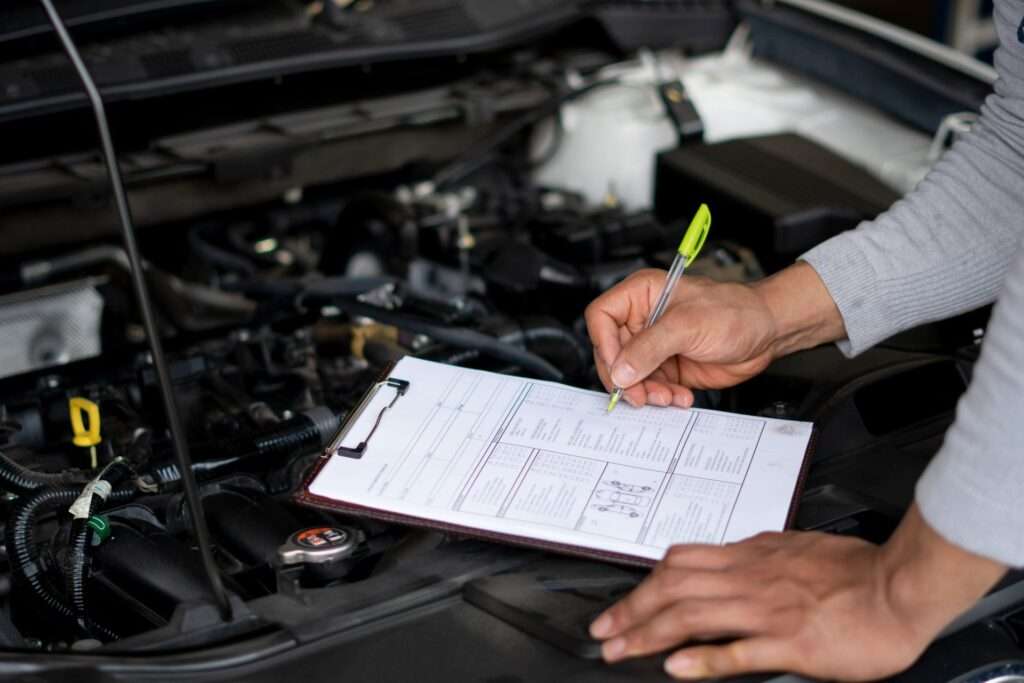
Ownership Transfer Process Between Emirates
The ownership transfer is the most important step when buying a car from another Emirate. It officially moves the vehicle under your name and allows you to register it locally.
Here’s how to do it step by step:
- Visit the traffic department where the car is currently registered.
- Submit the required documents (IDs, inspection report, insurance, and Mulkiya).
- Pay the transfer and registration fees. Fees vary slightly depending on the Emirate and vehicle type.
- Obtain a new registration card (Mulkiya) under your name.
- Collect the new number plates, if required. Some Emirates require you to change the plate when transferring registration.
For private sales, both the buyer and seller must be present at the traffic office. The process is usually completed on the same day if all documents are correct.

Insurance and Registration After Transfer
Once the car is registered in your name, you’ll need to make sure your insurance policy reflects the new ownership.
You can either:
- Transfer the seller’s insurance policy (if the insurer allows it).
- Buy a new policy under your name for full coverage.
Always confirm with your insurer if they cover inter-Emirate transfers. Some policies are valid only in specific Emirates, so updating this detail is essential to stay protected.
After updating the insurance, complete your registration in your Emirate. You’ll receive a new Mulkiya card and can now legally drive the car anywhere in the UAE.
Common Mistakes to Avoid
When buying a car from another Emirate, small mistakes can cause unnecessary delays or extra costs. Here are some common errors to watch out for:
- Not checking if the car has outstanding fines or bank loans.
- Skipping the official inspection test before purchase.
- Forgetting to cancel the old registration before applying for a new one.
- Not updating or transferring your insurance policy.
- Buying a car based on price alone, without verifying ownership and documents.
Taking a few minutes to verify everything can save you from problems later. Always complete the transaction through official channels, never rely solely on verbal agreements.
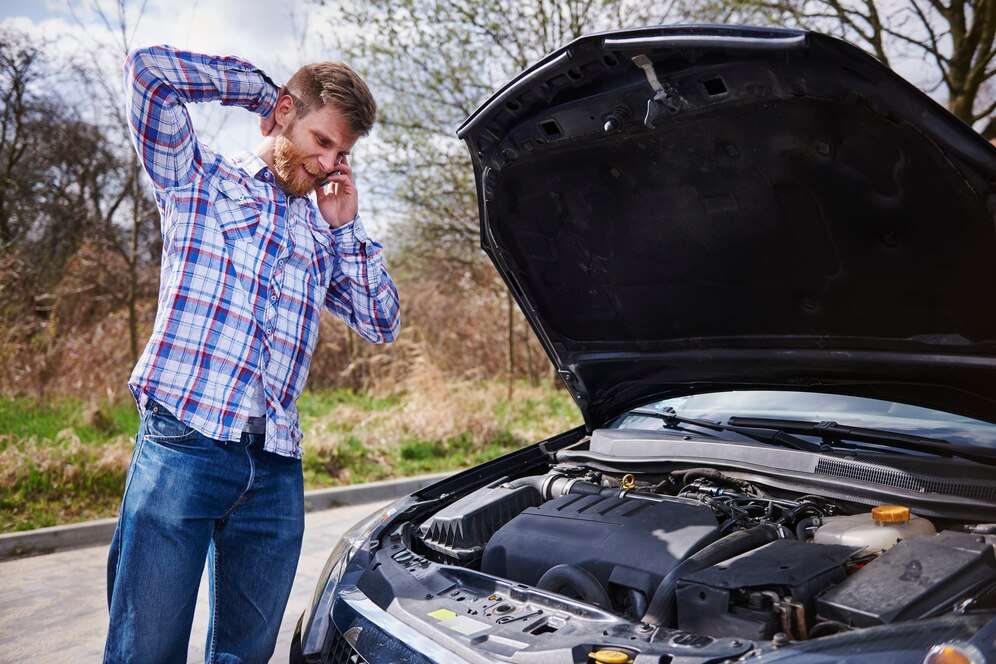
Conclusion
Buying a car from another Emirate in the UAE is not complicated once you understand the process. The key steps include verifying the car’s records, getting it inspected, clearing fines, and completing the registration transfer legally. It’s a smooth process when both parties cooperate and submit accurate documents.
Whether you’re buying a used car in Sharjah or a luxury model from Dubai, staying within the legal framework protects your rights and ensures the car is fully yours.
If you’re planning to upgrade or buy your next car, Drive UAE offers a trusted platform where you can explore verified luxury cars across the Emirates. From sports cars to executive SUVs, you can find listings that meet your preferences and budget, all in one place.

